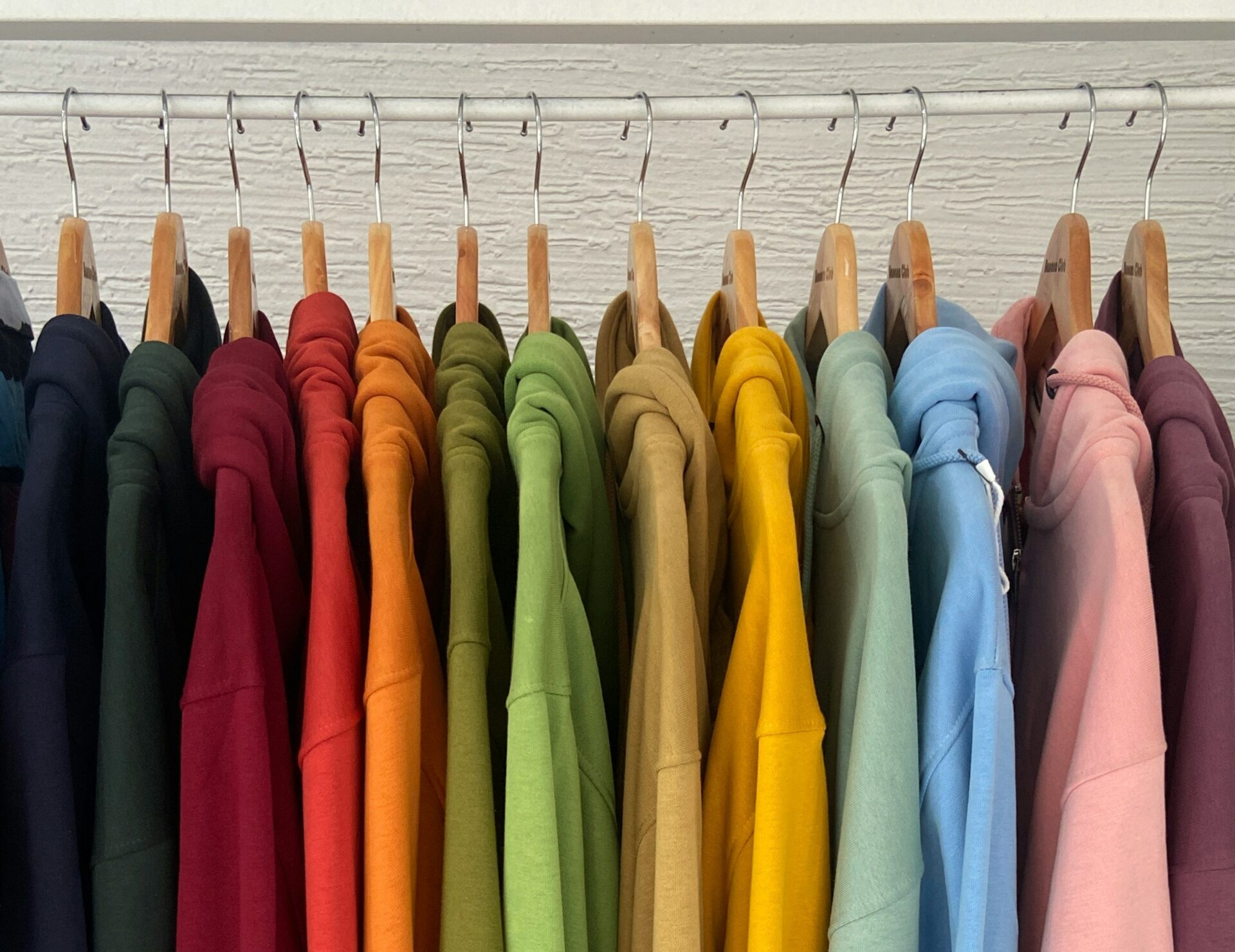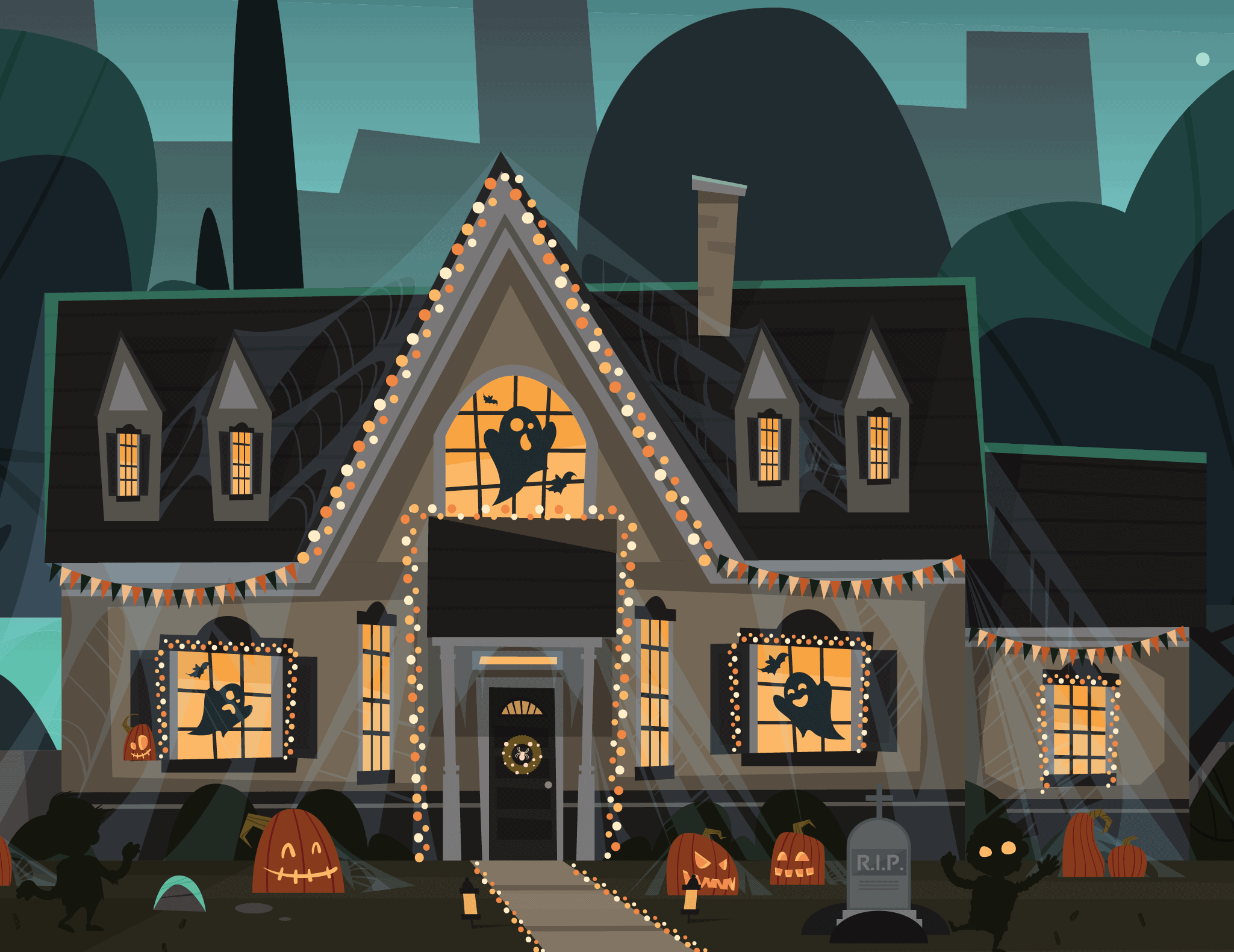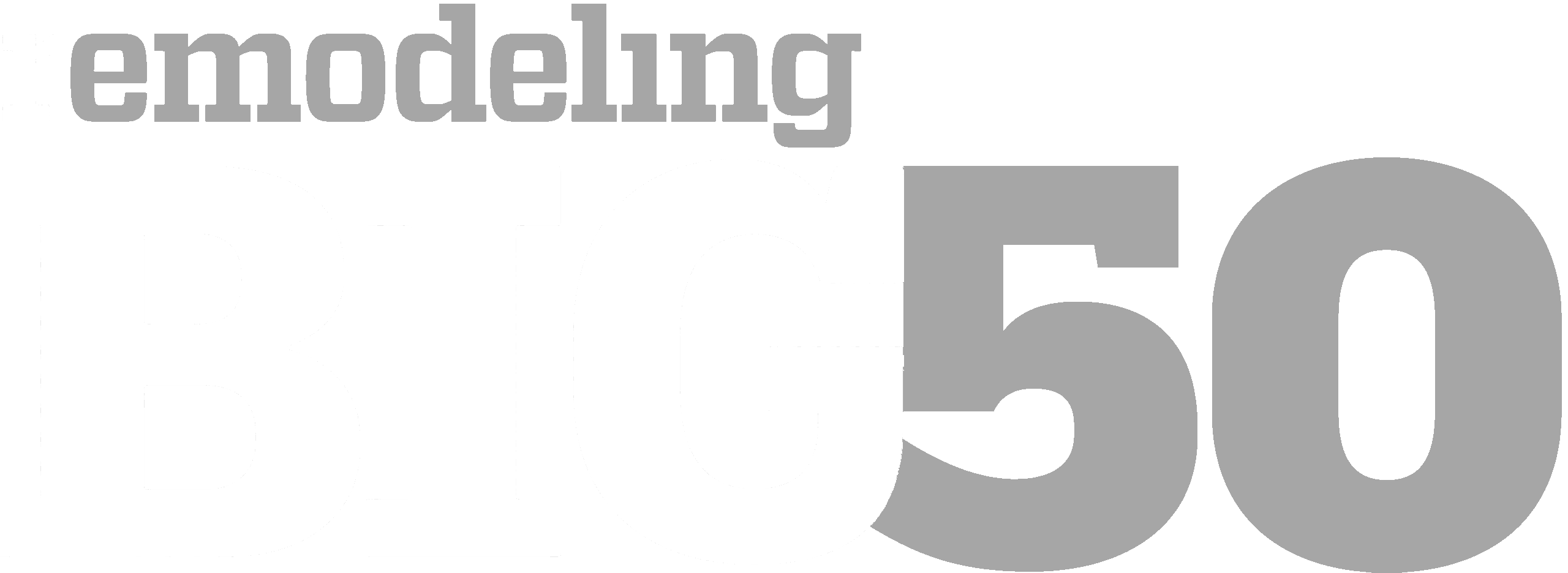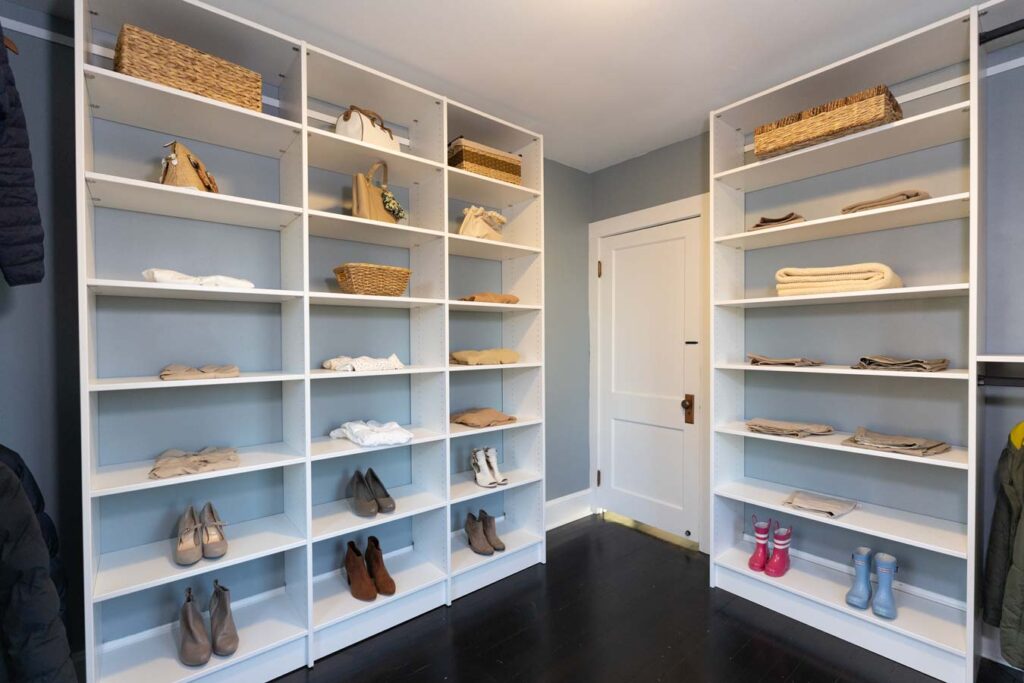A tidy closet does more than save a few minutes during the morning rush. It protects favorite garments, shows off personal style, and reduces daily stress. Among the many systems you can try, nothing matches the instant clarity of a color coordinated closet. When every shirt, dress, and pair of pants sits in a thoughtful spectrum, outfit planning turns into a quick scan instead of a frustrating treasure hunt.
The guide below explains how to arrange closet zones like a professional organizer, how to color code clothes without creating new chaos, and how to keep the system working months from now. Along the way you will find links to helpful Renuity resources on storage design, space maximization, and lighting.
Step 1: Evaluate the Space You Have
Before moving hangers, decide which closet style you are working with. Our breakdown of walk-in closet vs reach-in closet outlines the strengths and challenges of each format. A walk-in often allows separate walls for folded items, accessories, and shoes, while a compact reach-in demands smarter vertical layering.
If you discover that shelf depth or rod spacing is limited, read how to maximize closet space with little hanging room for clever ways to double usable square inches. Slimline velvet hangers, over-rod hooks, and shelf dividers will help stretch every corner.
Step 2: Start With a Clean Slate
Any successful color coded closet begins with full decluttering. Empty the wardrobe, wipe down shelves, and vacuum the floor. As you sort clothing into keep, donate, or repair piles, use our printable closet decluttering checklist to make decisions faster.
Once you handle edits to the wardrobe, group the keepers by category: long dresses, short dresses, blouses, sweaters, jackets, trousers, denim, workout gear, and so on. Later, you will arrange each group by color.
Step 3: Pick a Color Order You Will Actually Use
Professional organizers rely on two popular methods:
- Full rainbow (ROYGBIV) with neutrals at the ends. Red leads into orange, yellow, green, blue, indigo, violet, then brown, gray, white, and black.
- Light to dark gradient within each color family. Pastel pink sits before rose, then fuchsia. The same idea applies to blues, greens, and other shades.
A true rainbow satisfies visual neatness but may place climate specific items far apart. A gradient within categories keeps similar fabrics together. Choose whichever feels intuitive because the best system is the one you will maintain.
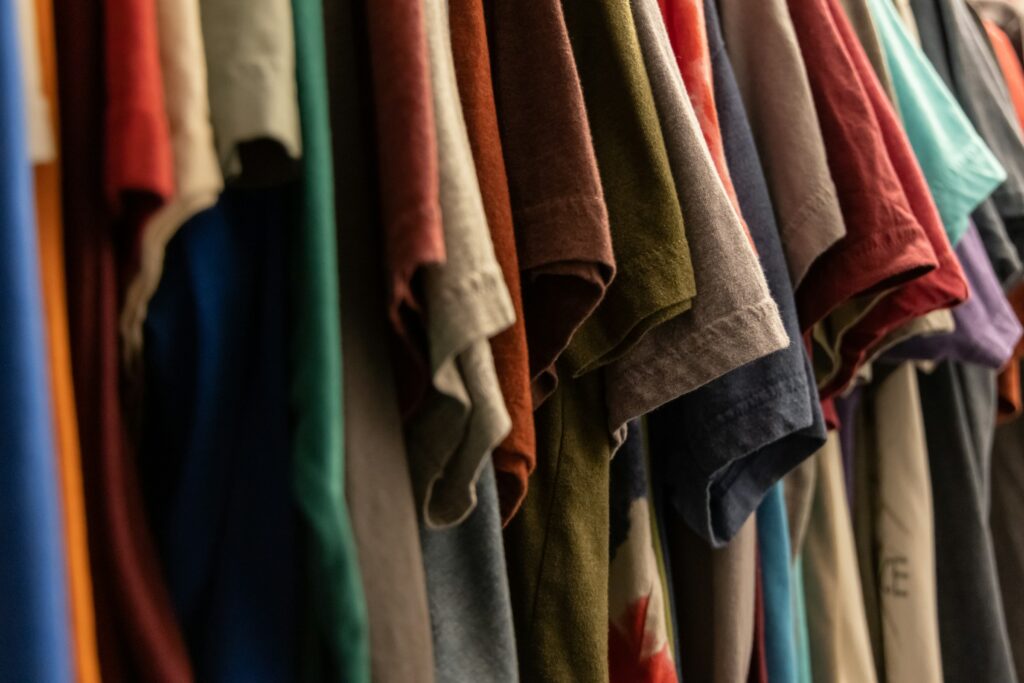
Step 4: Arrange Hanging Items First
Ask yourself: How do you organize your closet to support daily routines? Most people grab hanging clothes more often than folded ones, so invest extra care here.
- Long section: Dresses, long coats, and jumpsuits. Follow chosen color order.
- Medium section: Shirts, jackets, blazers. Again, move through colors left to right.
- Short section: Skirts and shorts. These can share lower rods or clip hangers.
To prevent tangled straps, place sleeveless tops on felt hangers. Turn buttons outward so the color block is what you see first.
Step 5: Tackle Folded and Drawer Items
Shelves usually hold sweaters, denim, and workout wear. Stack from light to dark within each pile. If shelves are deep, place less frequently worn items in the back. Drawer dividers boost visibility for socks, underwear, and accessories. Roll T-shirts by shade so the color coded effect continues inside closed storage.
Need inspiration on shelf placement or rod height? Tour our page on custom closet solutions to see real layouts and options.
Step 6: Give Shoes and Accessories a Color Home
Shoes line the floor or dedicated racks. Arrange from nude tones to brights, finishing with black. Handbags can follow the same rule on upper shelves. Scarves and belts deserve small bins or hooks labeled by hue.
Step 7: Upgrade Lighting to Showcase the Spectrum
A color coordinated closet only works when you can see the shades. LED strip lights mounted under shelves bring true daylight brightness to cotton whites and navy wool. Motion sensors ensure no one forgets to switch lights off. Scan closet lighting ideas for fixture types and recommended installations.
Step 8: Maintain the System Week by Week
- Laundry return: When clean clothes come back, slot them immediately into the correct color block instead of shoving them at either end.
- Seasonal review: Every three months, repeat the declutter checklist to remove unworn pieces.
- Visual sweep: Once a week, run your eyes across the rods. If a black sweater has drifted into the blue zone, correct it immediately to prevent disorder accumulating.
- Accessory check: Rotate handbags and shoes each month so all items receive wear and stay in condition.

Advanced Tips for Pros
Combine Color and Length
Some closets benefit from a hybrid method. Hang jackets and tops by color on the upper rod, then fold pants in color order on the shelf below. The eye still enjoys tonal flow while silhouette groups stay intact.
Use Label Ledges
Small acrylic labels under each hanger section remind everyone in the household where yellows end and neutrals begin. No excuse for stray garments!
Plan Capsules
A color coded closet reveals surplus at a glance. If you see five nearly identical navy blouses, consider creating a capsule wardrobe limiting each category to one signature piece per color.
Frequently Asked Questions
How to arrange closet sections when storage is tight?
Use tiered rods to separate short and medium length garments. Install shelf risers above the top rod for little worn items.
How do you organize your closet when multiple people share it?
Divide the space vertically. Each person follows the same rainbow order within their zone. Neutral colored dividers can mark borders.
How to color code clothes for children who cannot read labels yet?
Attach small colored stickers to the rod beneath matching garment colors. This can make practicing organization more intuitive at a glance for children and adults alike.
Will a color coordinated closet still work if I wear mostly black?
Absolutely. Arrange from pure black to charcoal to heather gray. Even subtle differences create quick selection.
The Payoff? Less Time, More Joy
A color coded closet saves the average person several minutes every morning and encourages more creative mixing of outfits. Most important, it brings a calm visual start to the day. Pair this system with proper lighting, thoughtful shelf placement, and seasonal decluttering and you will enjoy professional level organization without hiring help.
Renuity specializes in storage solutions that fit any footprint, from streamlined reach-ins to expansive dressing rooms. Explore our lineup of custom shelving, drawers, and accessory racks to build a color coordinated closet that stays beautiful long after the first tidy weekend.
